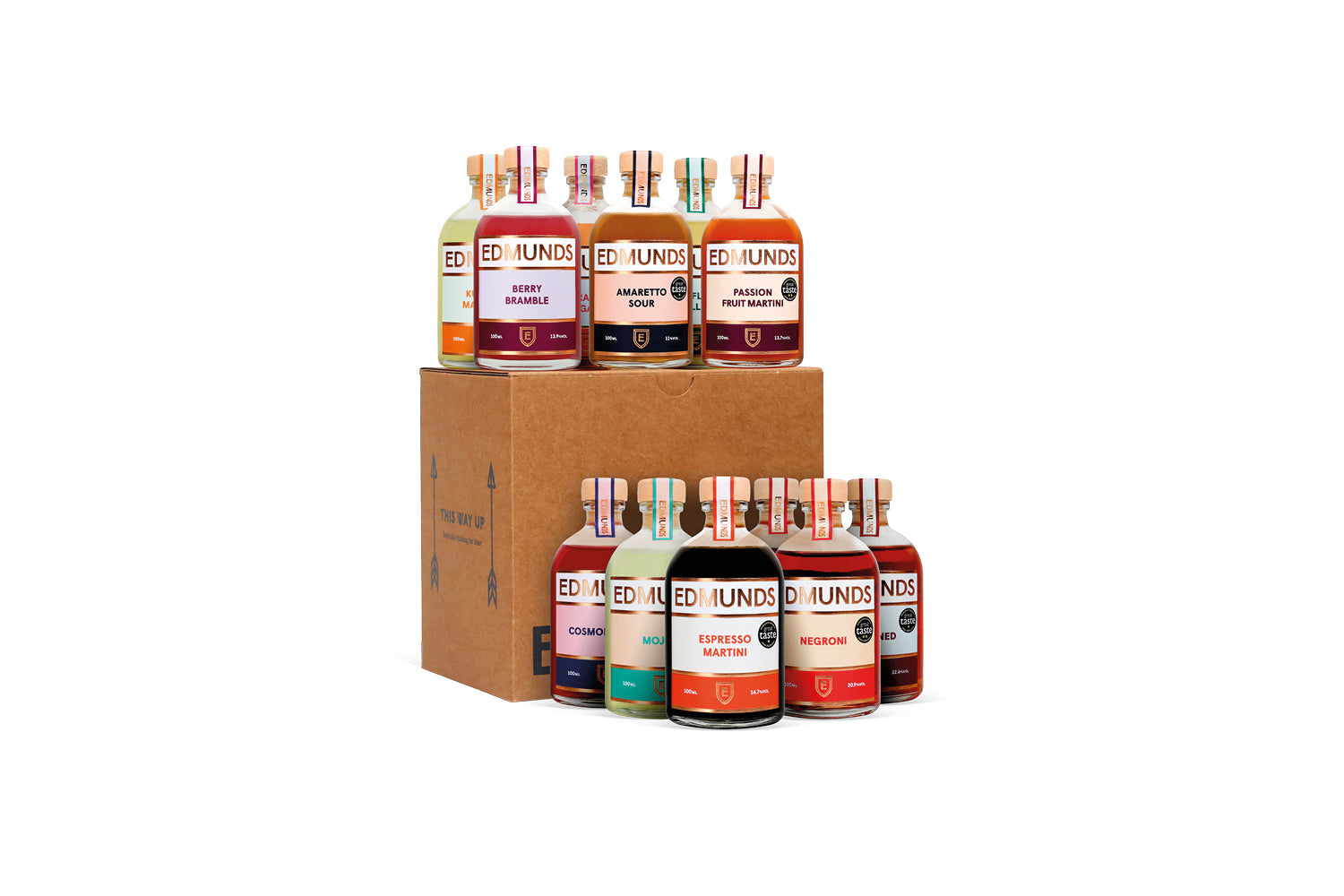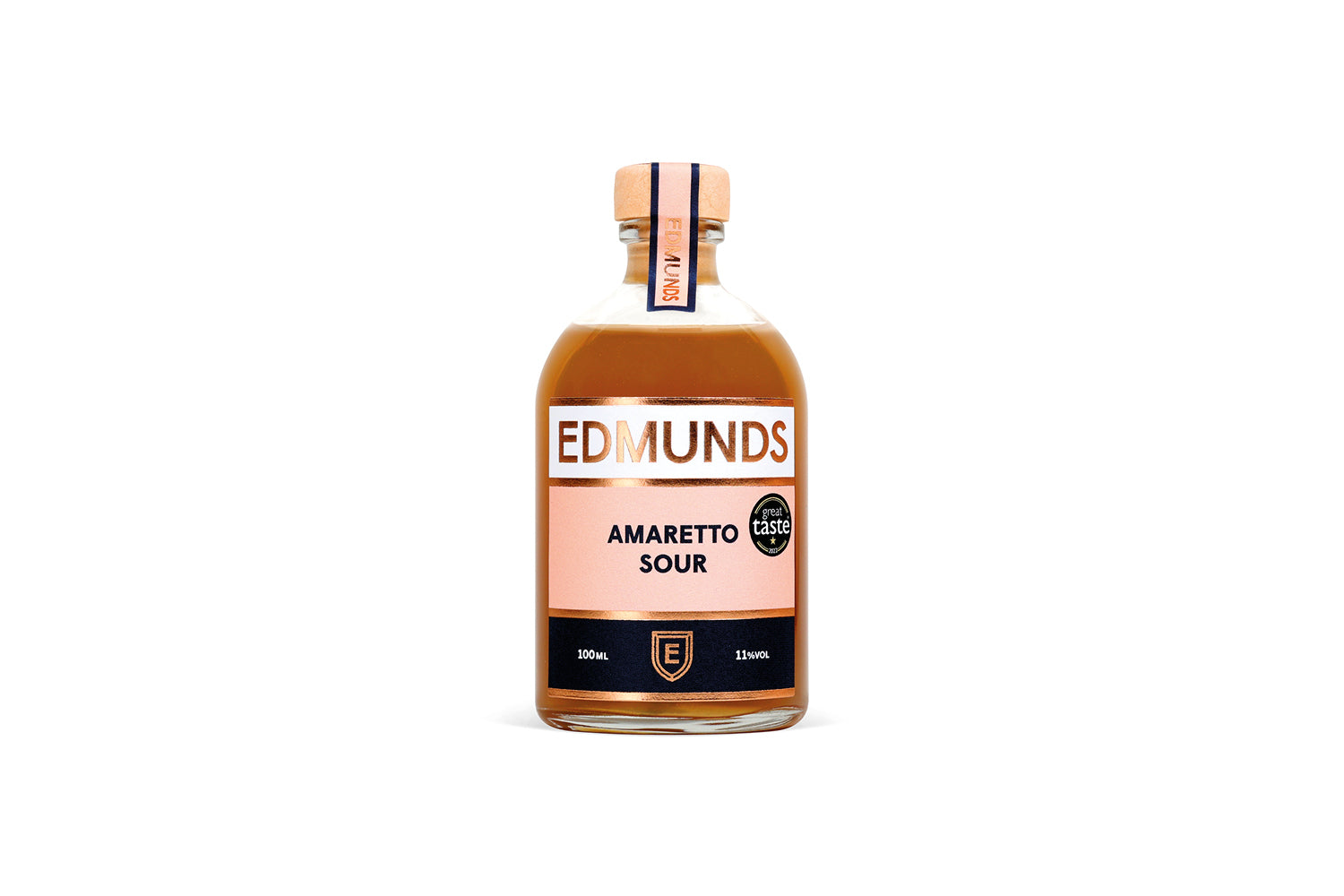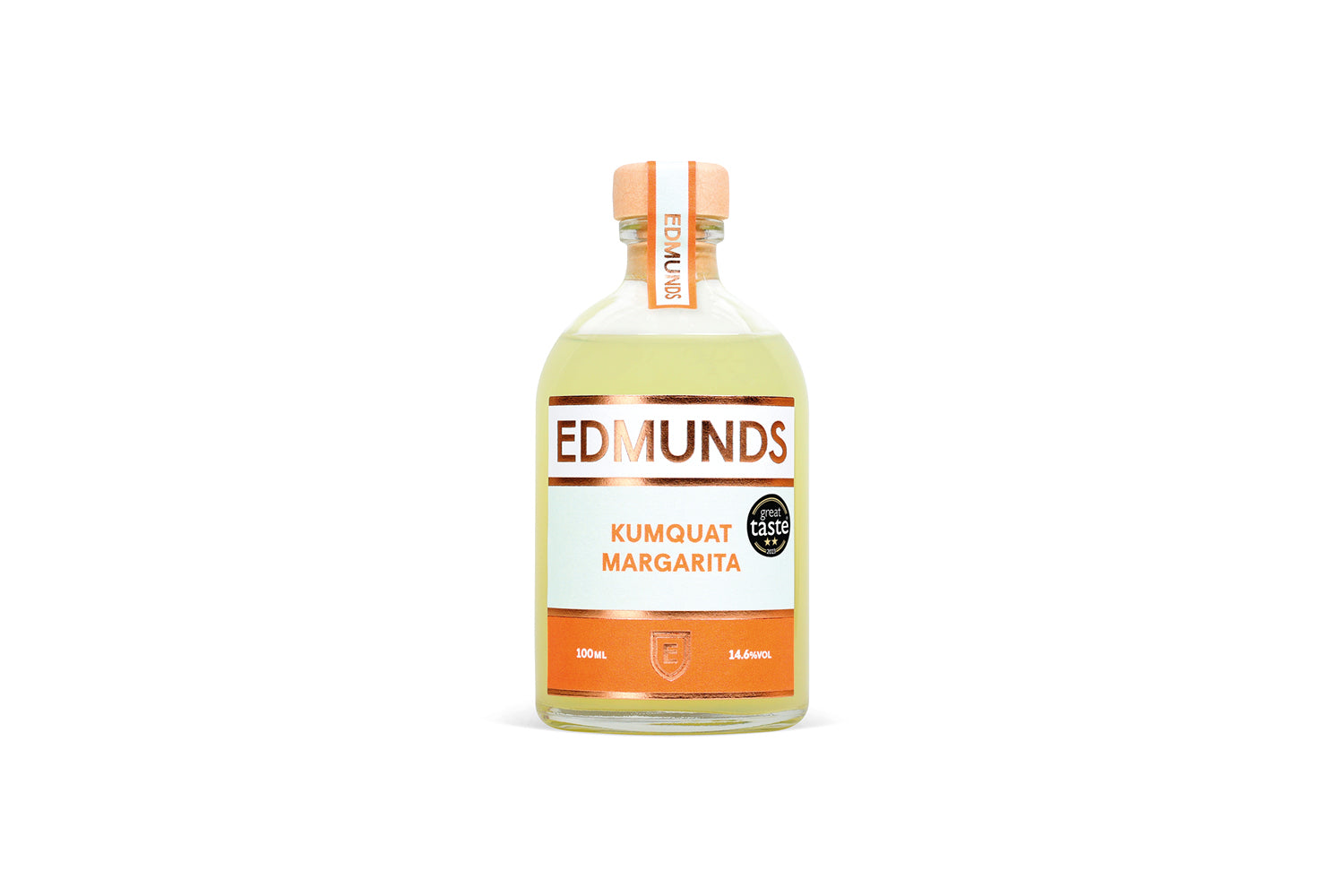We all know that cocktails have a language of their own but navigating your way around terms that appear synonymous but have very different meanings can be the definition of confusing.
Take cream and crème liqueurs, for example. You’d be forgiven for thinking they’re essentially the same thing but while cream liqueurs are so called because of their dairy content, the ‘crème’ in crème liqueurs – such as crème de menthe, crème de cacao and crème de cassis – refers only to their heavy, syrupy consistency, rather than their composition, which is dairy-free.
Crème de la crème
Crème liqueurs are useful for imparting an extra dimension to a cocktail. These sweetened and highly reduced liqueurs combine a base spirit with fruits, herbs, or spices, making them more flavour forward than spirits, while being lower in alcohol.
Many cocktails rely on this burst of flavour – like the Bramble, which gets its deep blackberry flavour from Crème de Mure or Chambord, Kir Royale (crème de cassis) and Stinger (crème de menthe). Having a few carefully selected crème liqueurs among your bar staples will make it easier to produce a wider range of cocktails without breaking the bank.
Ready-to-serve cream liqueurs were very much a product of the 1970s and still enjoy a surge in popularity over the festive period, when sales of whisky-based ‘Irish’ creams and vodka-based chocolate creams hit their peak. Most commonly sipped neat, they can also be used to create indulgent cocktails including the Mudslide and Chocolatini.
Milk Punch
Dairy-based drinks aren’t a twentieth-century invention, though. In a recent blog we talked about nogs – a kind of boozy custard that started out as a medieval ale infusion but was later beefed up with sherry and stronger spirits. Another early and incredibly popular alcoholic-beverage-slash-dairy crossover was the milk punch.
Dating back to the 1600s, this slightly odd proto-cocktail used curdled milk – achieved via a combination of heat and the addition of alcohol and an acid (like lemon) – to create a clear, shelf-stable drink that was a popular bottled drink through the 1700s and 1800s. Loosely attributed to the seventeenth-century playwright Aphra Behn, milk punch also got a mention in Charles Dickens’s Pickwick Papers* and it’s rumoured that bottles of the drink were found in the author’s wine cellar after his death in 1870.
Coffee and cream
Fast forward to the 1980s and drinks featuring various combinations of milk and cream began to make their mark. Tropical-holiday-inspired beach cocktails like the coconut-cream-based Piña Colada became highly sought after, while a renaissance in other creamy combinations, like the Grasshopper, took advantage of the wider availability of niche liqueurs like crème de menthe and crème de cacao.
But it was the White Russian – popularised by Jeff Bridge’s iconic character ‘Dude’ in The Big Lebowski – that was the 1990s game changer. Made with vodka, Kahlúa, and cream, served on the rocks, the White Russian is a Frappuccino-style twist on the original Black Russian, a cocktail reputedly created by Belgian bartender Gustave Tops in 1949 at the Metropolitan Hotel in Brussels.
The appetite for coffee-inspired cocktails may have kicked off with drinks like the Black Russian and the Irish coffee (which also originated in the 1940s) but it was propelled into the stratosphere with the arrival of Dick Bradsell’s Espresso Martini created for the Brit-pop generation in 1980s London. This is where the final element of our confusing linguistic trio – crema – comes into play. On this occasion, though, the term refers to the dense foamy head that tops a well-made espresso and gives this cocktail its distinctive look.
*Was there a drink that didn’t get a shout-out in at least one of his novels?










































































